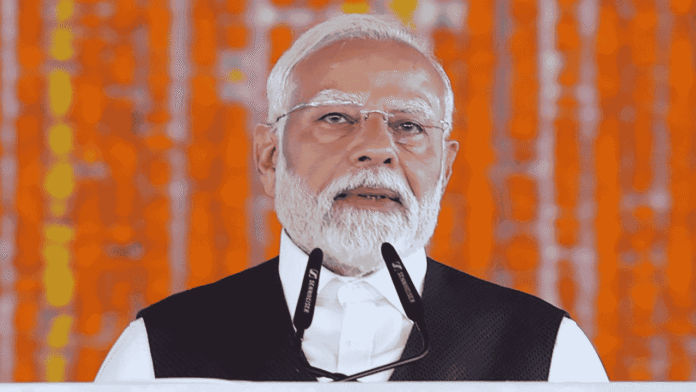India’s transport infrastructure has undergone a dramatic transformation during Prime Minister Narendra Modi’s tenure, now the second-longest after Jawaharlal Nehru. Massive government investments across aviation, highways, railways, and maritime sectors have propelled the country into a new era of connectivity and logistics efficiency.
According to an official report, over the past 11 years, India has achieved record infrastructure expansion backed by integrated national schemes such as PM GatiShakti, National Logistics Policy, Bharatmala, Sagarmala, and UDAN. The PM GatiShakti initiative, launched in 2021, enabled unified planning across 44 ministries and 36 states/UTs through a GIS-based platform, facilitating efficient deployment of Rs 100 lakh crore in multimodal infrastructure.
In civil aviation, over Rs 96,000 crore has been invested between FY 2019-20 and FY 2024-25. The number of operational airports, including heliports and water aerodromes, has more than doubled from 74 in 2014 to 162 in 2025. Passenger traffic touched 412 million in FY 2024-25, comprising 77 million international and 335 million domestic travellers, marking a 9% annual growth.
The UDAN (Ude Desh ka Aam Nagrik) scheme launched in 2016 has operationalised 637 routes, connecting 92 unserved and underserved airports, including 15 heliports and 2 water aerodromes, and facilitated low-cost air travel for over 1.51 crore passengers.
In road transport, the length of the national highways network has surged by 60%, from 91,287 km in 2014 to 1,46,204 km in 2025. The highway construction rate jumped to 34 km/day from 11.6 km/day in 2014. Correspondingly, the Centre’s investment in road infrastructure has increased by 6.4 times between FY 2013-14 and FY 2024-25, with a 570% hike in budget allocation between 2014 and 2023–24.
The Indian Railways has also seen a budget surge of more than nine times since 2014. This has translated into the launch of 68 Vande Bharat semi-high-speed trains, operating across 24 states/UTs and 333 districts. Plans are underway to manufacture 400 more Vande Bharat trains. Since 2014, 31,000 km of new railway tracks have been laid, and 45,000 km of tracks renewed. Track electrification has grown tenfold, from 5,188 route km (2004–14) to over 45,000 route km (2014–25), resulting in annual savings of Rs 2,960 crore.
In the maritime sector, India’s port capacity has doubled to 2,762 MMTPA. Ship turnaround times have improved significantly, reducing from 93 hours to 49 hours. Under the Sagarmala programme, 277 port projects have been completed, including the flagship Vizhinjam International Deepwater Seaport in Kerala. Inaugurated in May 2025, the Rs 8,800 crore facility is India’s first dedicated container transshipment port and can host the world’s largest cargo ships.
Cargo traffic on inland waterways has risen by 710% over the past decade, from 18 MMT to 146 MMT. Additionally, Rs 5,370 crore has been sanctioned to enhance capacity on National Waterway-1 (Haldia to Varanasi).
With a combination of policy integration, strategic investment, and execution, India’s transport and logistics backbone has been reshaped to support long-term economic growth.





